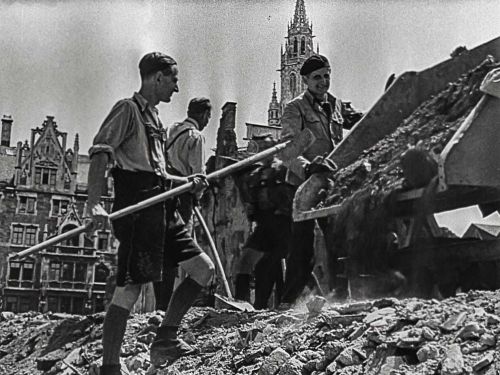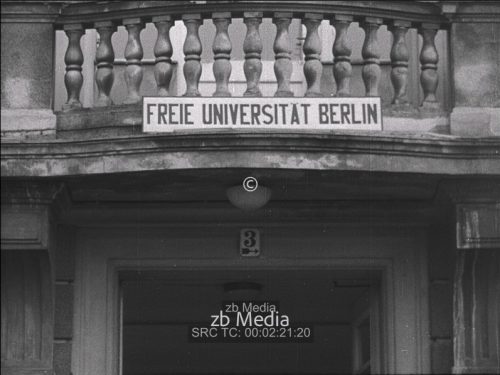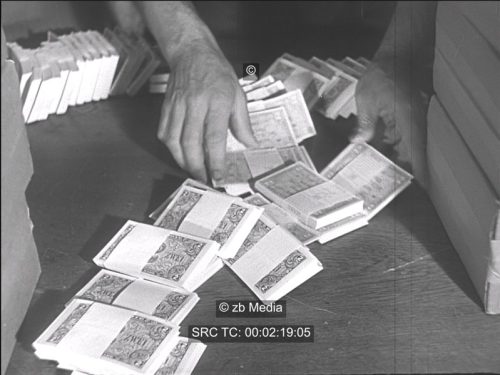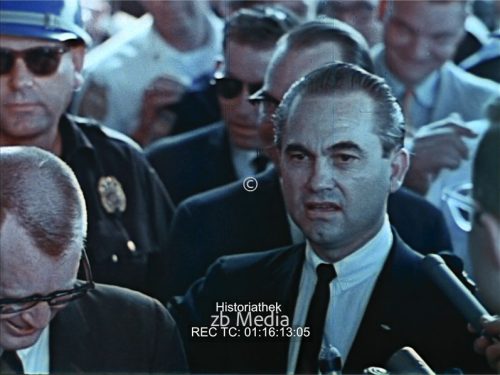Historical context
The reconstruction of the destroyed city of Munich after the Second World War is an important chapter in the history of Germany and the Bavarian capital in particular. Munich was heavily bombed during the war and many historic buildings and residential buildings were destroyed or severely damaged.
Post-war period and first steps towards reconstruction
After the end of the Second World War in 1945, Munich, like many other German cities, faced the enormous challenge of reconstruction. In the first years after the war, the main objectives were to provide the population with housing and to rebuild the basic infrastructure. Emergency accommodation was set up, rubble removed and initial repair work carried out on important buildings.
Planning and reconstruction
Rubble clearance and reconstruction aid
Clearing the rubble was one of the first major tasks. Rubble women played an important role in this work by clearing and sorting rubble by hand. There was also international help, particularly from the US Marshall Plan programme, which provided financial and material assistance.
Conservation and modernisation
A significant feature of reconstruction in Munich was the attempt to preserve the historic character of the city. Many of the destroyed historical buildings were rebuilt true to the original, for example:
The Frauenkirche: Munich’s landmark was restored with great care.
The Old Town Hall and the New Town Hall: Both buildings were restored to preserve their historical significance.
Munich Residence: The restoration of the Royal Residence was an extensive project that took several decades to complete.
In addition to the restoration of historic buildings, modern living space was also created. New neighbourhoods and housing estates were built to combat the housing shortage.





